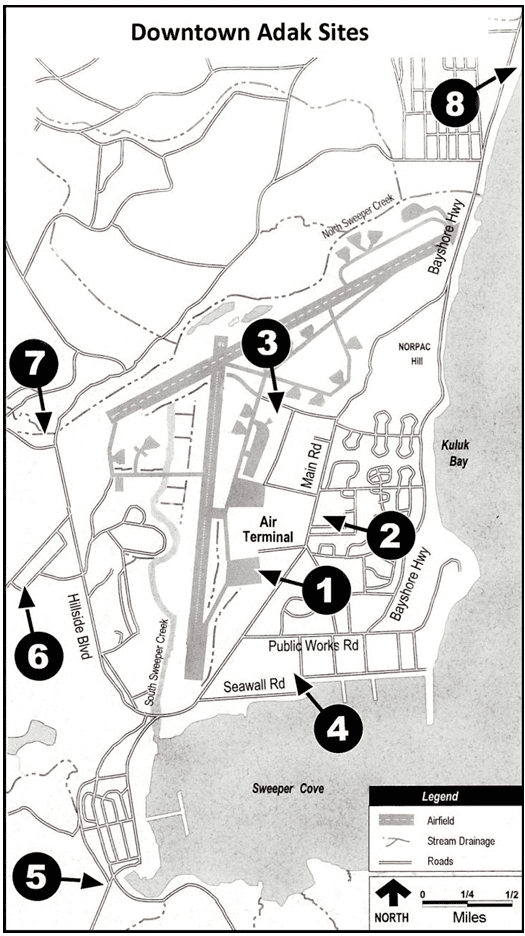How Adak Island Played a Role in WWII History
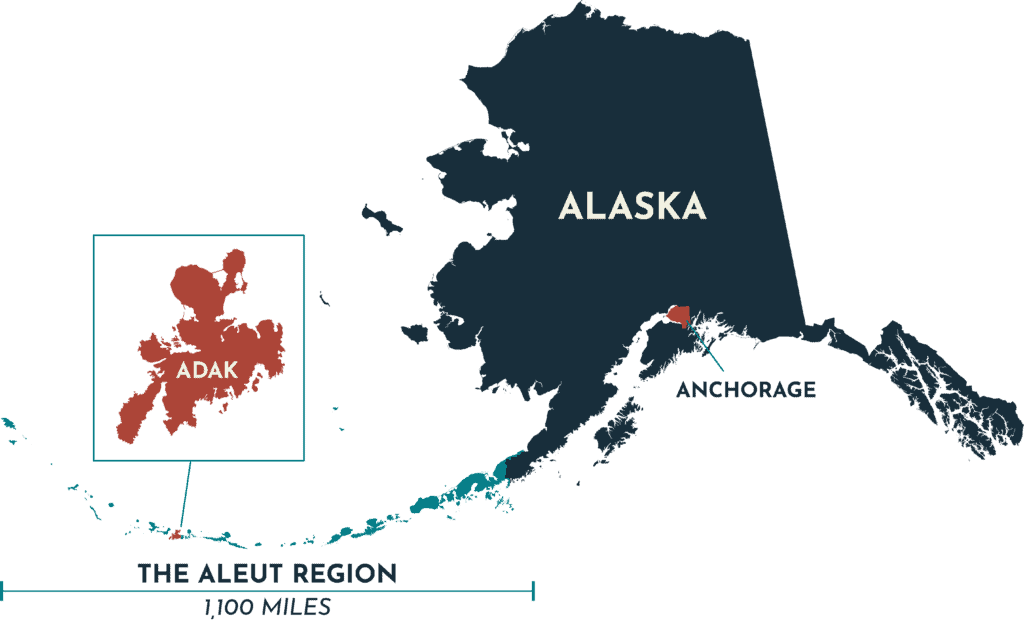
Located within a fairly close proximity to Japan, Alaska’s Aleutian Islands were a logistical conundrum for the United States after the bombing of Pearl Harbor on December 7, 1941
While most of the nation was unaware of this remote section of Alaska, US leaders knew that an attack on the Aleutians by Japanese forces was highly likely due to the islands’ location. And it didn’t take long for the ships and aircraft to arrive.
On June 3, 1942, the Japanese staged an aircraft carrier-based attack on Dutch Harbor 443 miles to the northeast. Designed to be part of a two-pronged firing on Alaska and Midway Island, the strafing did damage to Dutch Harbor but failed the goal of disabling its base.
The Japanese determined that a better strategy would be to occupy the farther-west islands of Attu and Kiska, landing upon the shores of both on June 7, 1942, solidifying the US mission to protect national soil. If the Japanese had gained further footholds on United States territory, it had the potential to be catastrophic due to mainland Alaska’s connection to the Lower 48 and Canada.
The Japanese forces needed to be stopped, immediately.
Building a Military Stronghold on Adak
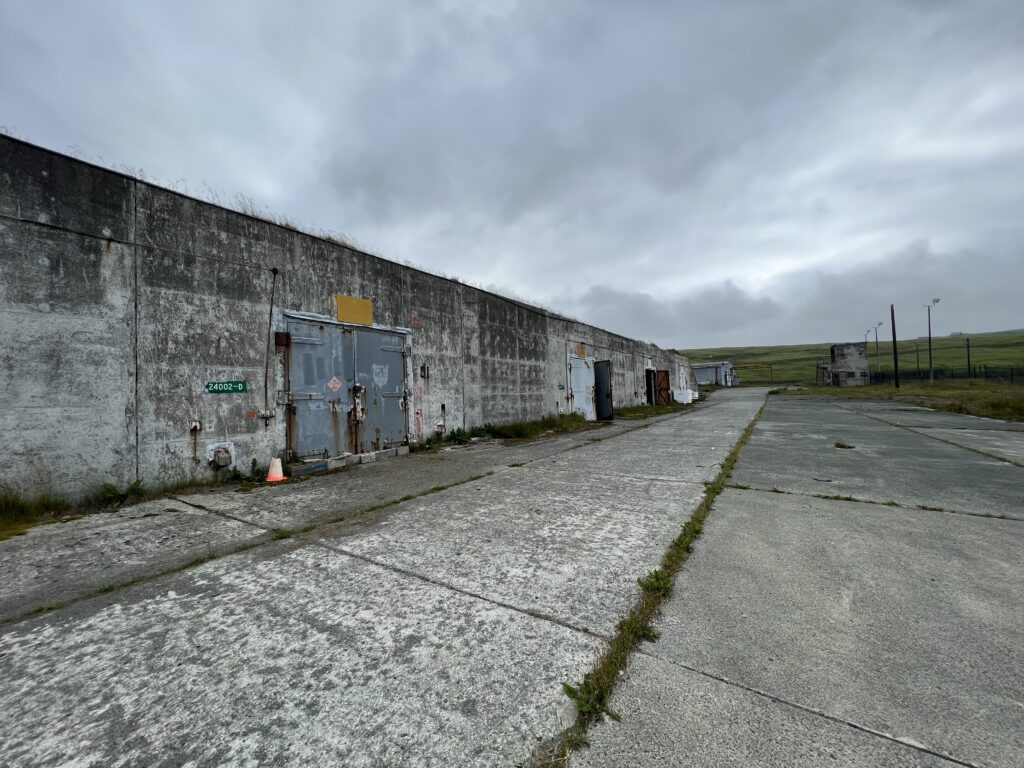
Adak’s initial development as a military defense location started on August 30, 1942 with the construction of an airfield on the tidal flats of what is now Sweeper Cove. More than 4,000 personnel participated in the effort, and after first building a dike to control the inflow of tidal surge, just 10 days later the United States was able to launch air strikes against the Japanese on Attu and Kiska. But there were challenges right from the start.
The sorties, covering a distance between 400 and 800 miles round trip, were extremely hard on aircraft, and the Aleutian Islands’ wild weather made piloting difficult on a near-regular basis. Additionally, the Japanese strafed Adak in October of 1942 with bombs and machine gun fire, thankfully causing no damage, but adding the island to the short list of United States sites fired upon during World War II.
Thus, the military decided in 1943 to build a new base specifically for aircraft on Amchitka Island, just 65 miles from Kiska. Adak personnel provided critical air cover during the construction process and in 1943, Adak Island began playing a supporting role for aircraft maintenance and repair. Shortly after, the US Navy added seaplane bases at Clam Lagoon and Andrew Lake, and the United States had a strong foothold in the Aleutians.
The Battle of Attu
Attu Island was invaded on May 11, 1943 with 27,000 troops involved in its capture and recovery from the Japanese. Wanting to keep up momentum, the United States deployed even more troops to Adak along with Navy vessels, for an approximate total of 90,000 personnel and 100 ships standing by in July 1943. When troops moved on to occupy Kiska on August 15, 1943, they arrived on the tiny island only to realize that the Japanese had abandoned it a few weeks earlier.
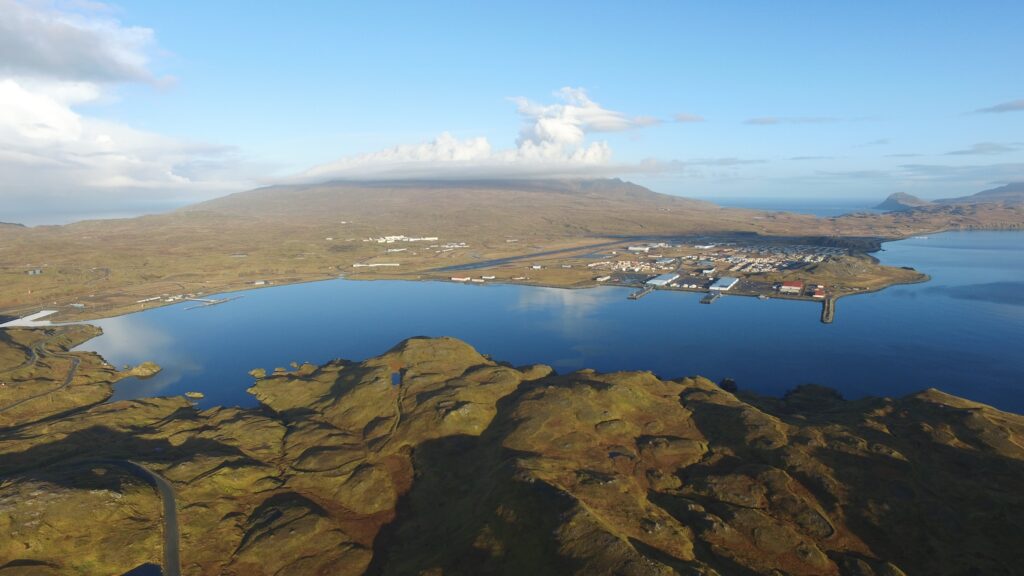
Adak, Alaska
Clearly, however, it had become obvious that the United States would need to stay on in the Aleutian Islands to guard against any further counteroffensives by Japanese forces. The Army and Navy both set up more permanent commands on Adak, both to support the newer bases on Amchitka and other areas farther west and also to stage if necessary for raids in the Kurile Islands located in the Russian Far East between Hokkaido, Japan and the Kamchatka Peninsula of Russia.
Japan surrendered in August 1945, and while the military began a rapid reduction of Alaska forces, Adak retained a small number of staff due to its now-obvious strategic importance to the Pacific Ocean region. By the 1950s, Adak was the only major military installation in the Aleutians and a major United States Navy base in the Northern Pacific, becoming increasingly critical to operations focusing on listening posts, anti-submarine patrols, and communications as the Cold War era approached.
Exploring Adak's Military History Today
According to the Adak Historical Guide, a wonderful reference brochure for exploring the island, many World War II sites and artifacts still remain on Adak.
“While Adak has few obvious and prominent buildings that clearly relate to the island’s World War II era history, numerous structures and smaller buildings as well as the altered landscape itself define Adak’s past and offer insight into this critical period of American history. The Army and Navy dredged, filled, rocked, and both leveled and adapted to the topography in an effort to convert the natural setting into one that could meet the needs of a wartime combat base.”
Guests of Adak Island Inn will receive copies of the guide for use during their visit. With 20 sites located downtown and across Adak Island, it’s a great reference for self-guided exploration.
All visitors should be aware, however, that historical sites are “look and don’t touch” areas, with many former buildings unsafe. Please also remember that all artifacts should be left where they were found. Be prepared for uneven terrain and changing weather conditions by bringing a backpack of extra clothing and wearing sturdy shoes or boots.
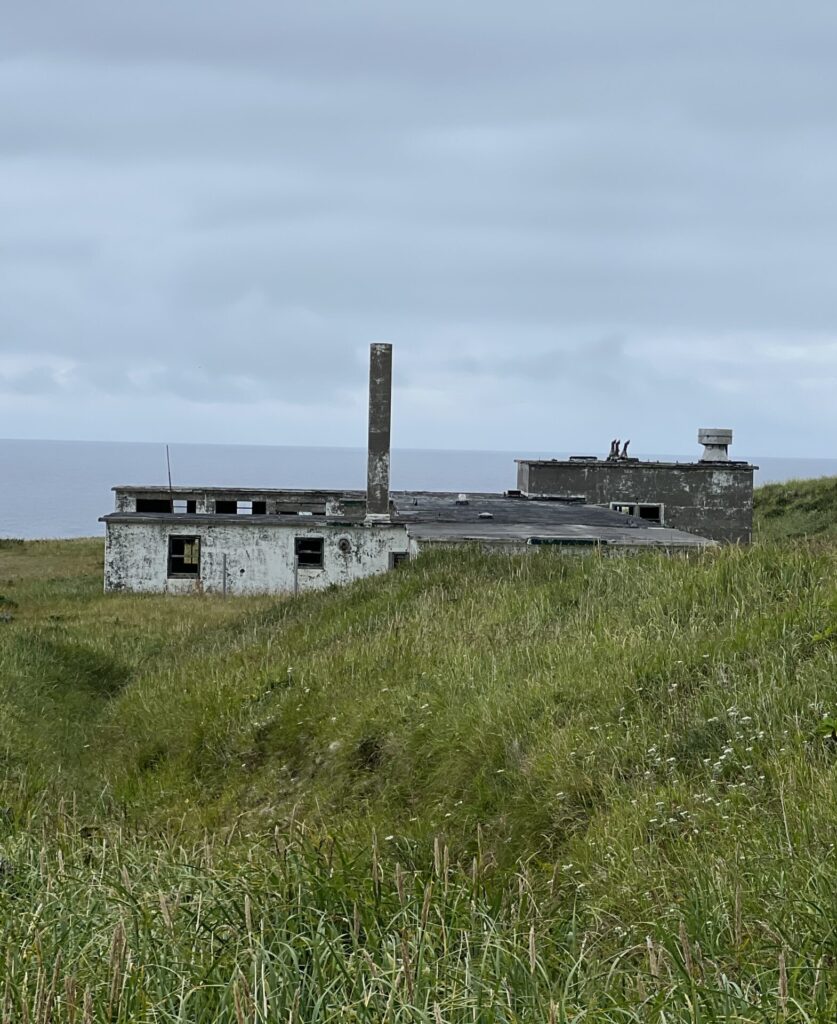
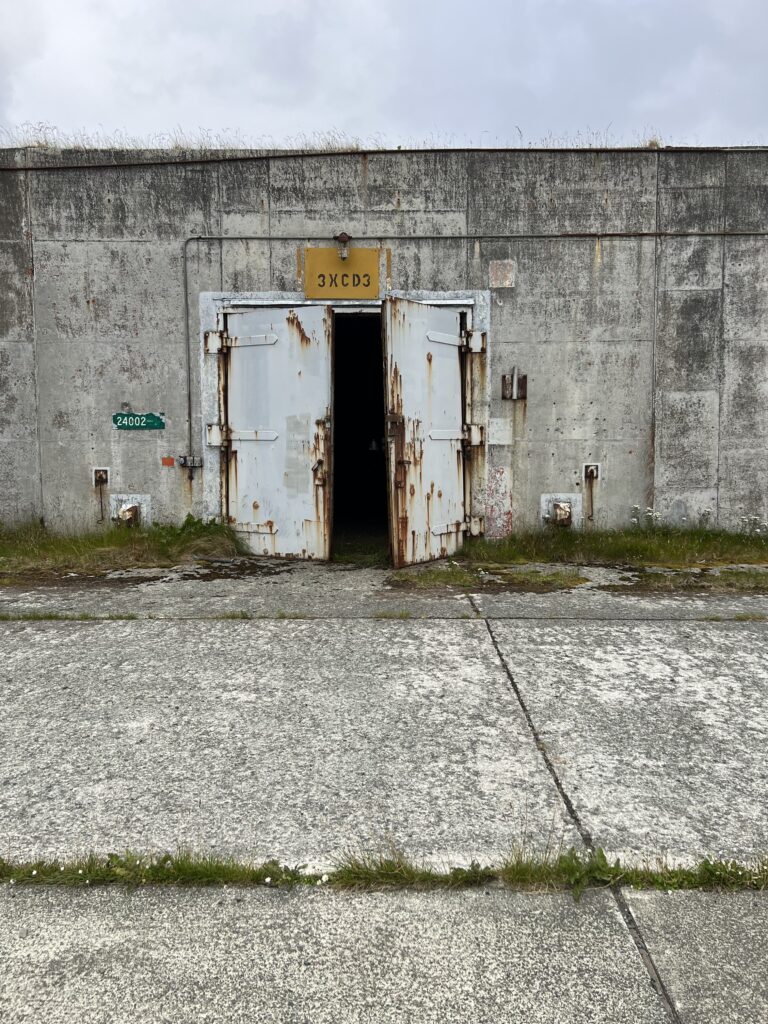
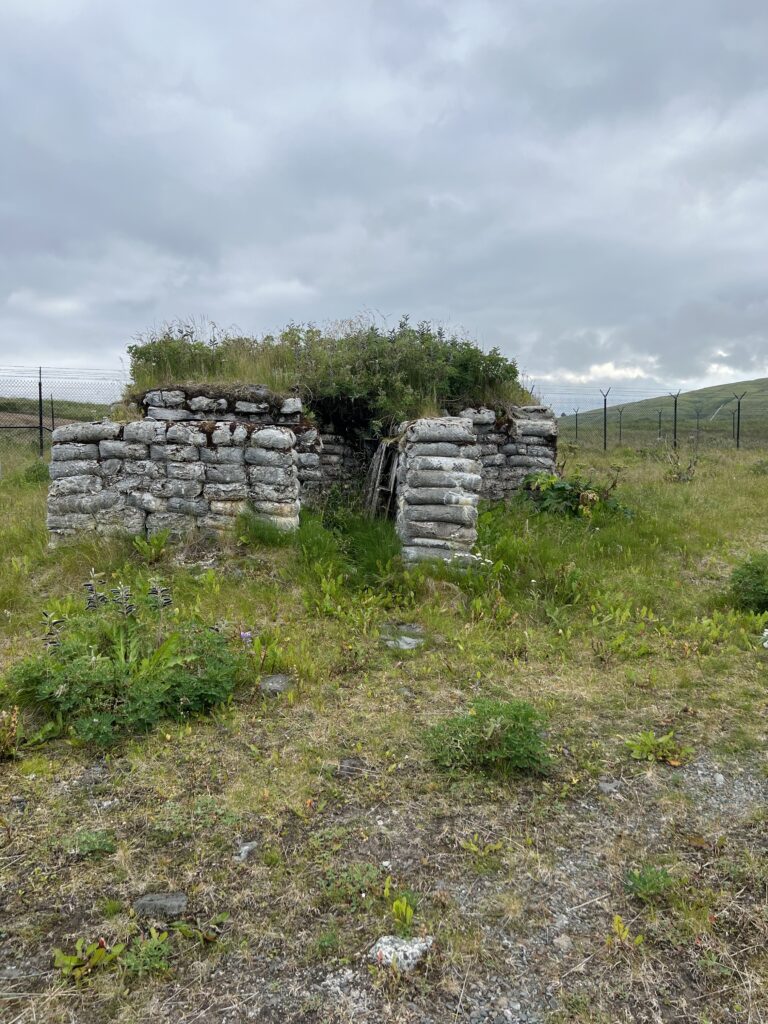
Sites of Interest
As listed on the Adak Historical Guide
- Navy Auxiliary Air facility
- “Armytown”
- Longview/Davis Army airfield
- “Navytown”
- Navy Operating Base Adak
- Bering Chapel
- Marine memorial
- Kuluk Bay landing site
- Adak National Forest
- Cemetery memorial and flagpole
- Underground hospital
- Hangar ruins
- Albert E. Mitchell Field
- “Radio City”
- WWII-era aircraft wreckage
- Special operations/SISS ZULU site
- WWII-era seaplane wreckage
- Radio Direction Finding site
- Zeto Point
- Patrol torpedo boat docks and submarine net
Click the button below to view the Adak Historical Guide and learn more.
*Source: *From “Adak Historical Guide” self-guided walking tour.

want to learn more?
Visit Venturing Beyond, our Adak blog, learn more about the Land Use Permit, or view Adak maps at the buttons below.


